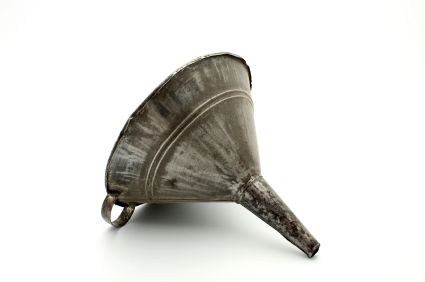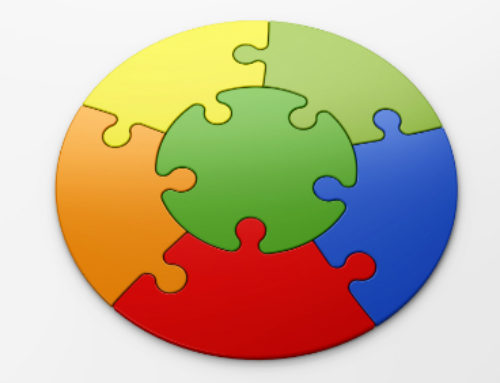Selling is the reason that your small business exists. If you’re not selling you’re not in business.
AIDA is an acronym that is used in advertising and sales that stands for ‘Attention’, ‘Interest’, ‘Desire’ and ‘Action’. It is used in combination with the ‘Sales Funnel’ also known as the ‘Purchasing Funnel’.
The model recognises that as people progress from initial advertising to the point of purchase that the total number of potential customers decrease. For example you advertise to win the attention of the total market but only some of the market shows an interest, and then even fewer have the desire to own the product and even fewer still will be moved to action and buy the product.
Effective marketing occurs when the number of people moving through the process to the point of purchase is maximised.
Step 1: Attention
Find a way to win your market’s attention and create awareness. Use every method at your disposal to gain visibility. Here are some of your options.
- Business directories – online and paper based
- Free notice boards
- Bill boards and signs
- Word of mouth – prime your network
- TV adverts
- Local radio
- Local papers, newsletters and publications
- Direct mailing and fliers
- Brand a vehicle
- Sponsor a local school or sports team
- Give away business cards and branded merchandise
- Online adverts, blogs or newsletters
- Trade shows and conferences
Be different. Find an effective hook that will grab your market’s attention.
Remember to keep the brand and message consistent as your market needs to both see and recognise it a number of times before they act on it.
Step 2: Interest
To move people from awareness to interest, clearly detail the advantages and benefits that are on offer. And then, keep promoting them – benefits, benefits, benefits!
Do not just list features and expect the market to understand how it relates to them. Use examples and stories of how the benefits make your market’s life a happier place.
Step 3: Desire
If possible try to identify the specific benefits each potential customer or group would receive and demonstrate them. The benefits need to become personal to your potential customer.
Also clearly differentiate your product from your competitors product. You do not want your competition benefiting from the interest your advertising has created in the market.
Finally, if you can find a way of turning their perceived ‘want’ into a perceived ‘need’ then the last stage becomes very easy indeed.
Step 4: Action
Do not be afraid to ask potential customers to commit to action. This is what all your previous effort has been aimed at.
When your potential customer has seen the benefits they can receive and have decided that they need your product/service – do not leave them unfulfilled.
If they are with you or on the telephone ask them, “Do you want to make the purchase now while the offer is still available?”. If they are not with you, you can still encourage them to action by creating a sense of urgency about the offer, for example by advertising a ‘limited time offer’ or similar. Either way don’t forget the ‘Call To Action’.
Summary
AIDA is a simple model that can help you focus on each stage in your advertising and sales process. By understanding how effectively you are progressing people through each stage you can adjust your advertising in order to maximise sales.
Both AIDA and the Sales Funnel highlight that your marketing must be actively managed rather than simply placing an advert and waiting for sales to come in. So maximise your sales with AIDA and set your business free.
© Business Set Free Ltd 2013
This is just one of many articles that you can find at BusinessSetFree.com or click to subscribe to our free e-newsletter.






